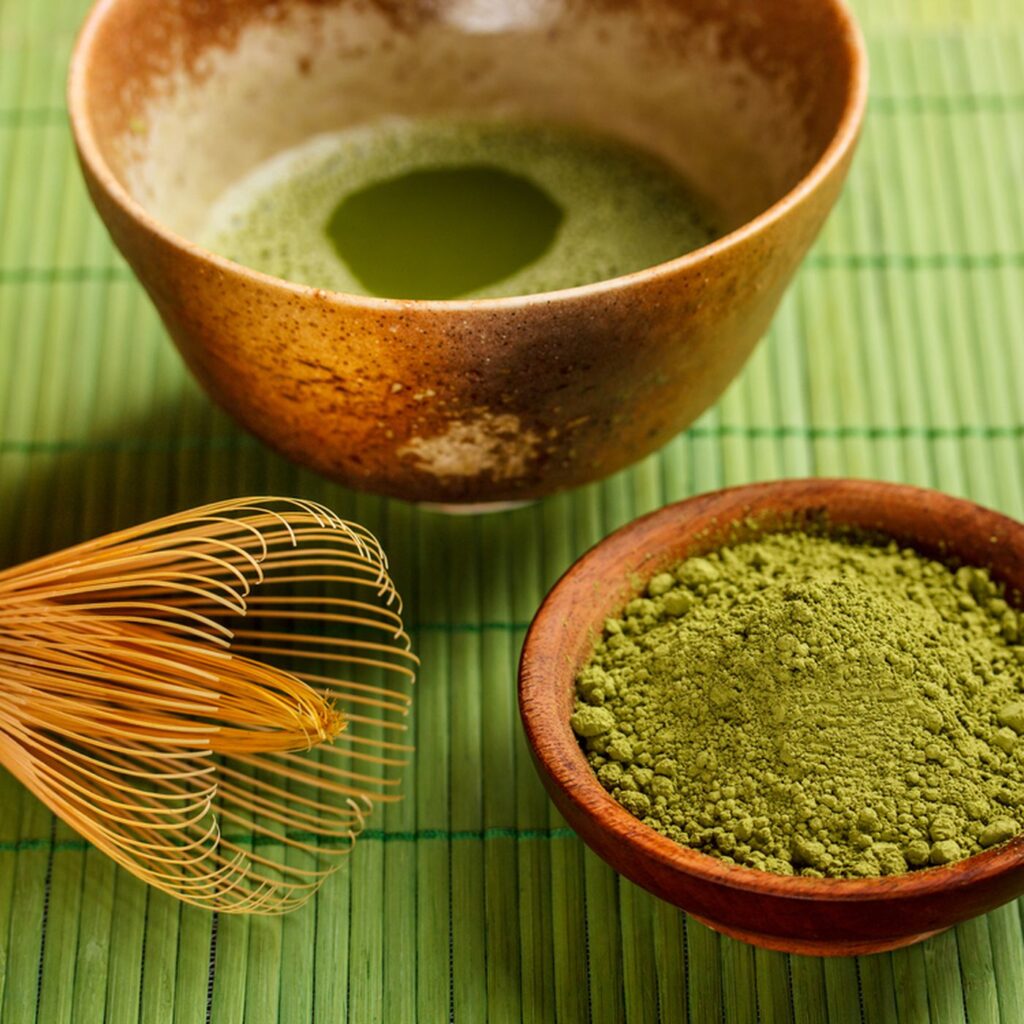Introduction
Matcha, the vibrant green powdered tea, is not only a delight for the senses but also a product that reflects the unique terroir of its origin. In this article, we will embark on a journey of taste and terroir, exploring how the growing conditions and production methods influence the flavor profiles of matcha from different regions.
1. Regional Variations in Flavor
1.1 Uji, Kyoto
Uji, located in the Kyoto Prefecture of Japan, is renowned for producing high-quality matcha. Matcha from Uji tends to have a rich, mellow flavor with a hint of sweetness. The unique soil composition and climate of Uji contribute to the distinct characteristics of its matcha.
1.2 Nishio, Aichi
Nishio, situated in the Aichi Prefecture of Japan, is another prominent matcha-producing region. Matcha from Nishio is often characterized by a balance of umami, sweetness, and a slightly bitter undertone. The region’s fertile soil, ample rainfall, and warm climate provide ideal conditions for cultivating tea plants.
1.3 Shizuoka
Shizuoka, located in the Shizuoka Prefecture of Japan, is known for its diverse range of teas, including matcha. Matcha from Shizuoka is prized for its vibrant green color, vegetal notes, and refreshing taste. The region’s mild climate and fertile soil contribute to the unique flavor profile of Shizuoka matcha.
2. Influence of Growing Conditions
2.1 Shade-Grown Tea Plants
One of the defining factors that contribute to matcha’s flavor is the shading of tea plants before harvest. Tea plants grown under shade produce higher levels of chlorophyll, resulting in a vibrant green color and a sweeter, more mellow flavor. The duration and intensity of shading can vary, leading to variations in flavor profiles.
2.2 Harvesting Techniques
The timing of the harvest also plays a crucial role in the flavor of matcha. Younger leaves tend to have a more delicate flavor, while older leaves may contribute to a stronger, more robust taste. Hand-picking the leaves ensures the selection of the finest, youngest leaves, which are then processed into matcha.
3. Quality and Production Methods
3.1 Stone Grinding
The traditional method of grinding matcha involves using granite stone mills. The slow and deliberate grinding process helps preserve the flavors and nutrients of the tea leaves, resulting in a smoother and more vibrant matcha powder.
3.2 Processing Techniques
The specific processing techniques, such as steaming and drying, also impact the final flavor of matcha. Careful attention is given to these steps to maintain the integrity of the tea leaves and achieve the desired flavor profile.
Conclusion
Matcha is not only a vibrant and flavorful beverage but also a reflection of the land from which it originates. The regional variations, growing conditions, and production methods all contribute to the distinct flavors and profiles of matcha from different regions.






